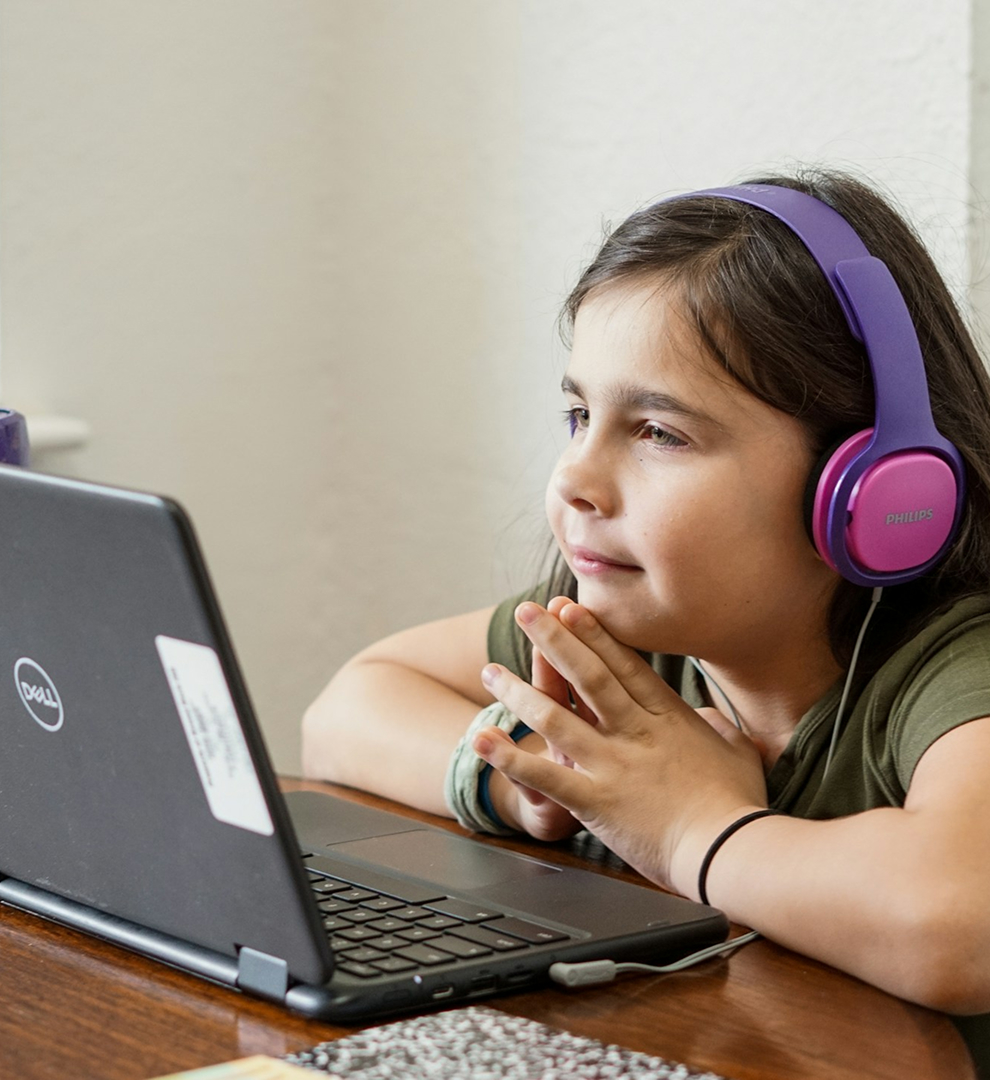Transforming Education Through Digital Innovation
The rapid shift to remote learning, accelerated by the COVID-19 pandemic, has fundamentally changed the educational landscape. What began as an emergency response has evolved into a permanent feature of modern education, creating opportunities and revealing possibilities that were previously unimaginable.
The Digital Education Revolution in Bangladesh
Schools and universities across Bangladesh have embraced online platforms with remarkable adaptability. From primary schools in rural villages to prestigious universities in Dhaka, educational institutions have successfully transitioned to digital delivery methods that include:
- Interactive virtual classrooms using Zoom, Google Meet, and local platforms
- Digital assignment submission through learning management systems
- Online assessments with anti-cheating measures and adaptive testing
- Recorded lectures for flexible learning and review opportunities
Success Story: Bridging the Urban-Rural Divide
Case Study: Rashida's Journey
Rashida, a 16-year-old student from a remote village in Rangpur, had always dreamed of quality education but was limited by geographical constraints. Before remote learning, attending the nearest good school required a 3-hour daily commute.
The Transformation: Through online classes, Rashida now attends one of Dhaka's top schools from her village home. She participates in advanced mathematics and science courses that weren't previously available in her area.
"I can now compete with students from Dhaka and Chittagong. The internet has made my village classroom global," says Rashida.
Benefits for Students
📚 Increased Flexibility
Students can learn at their own pace and review materials multiple times
🌐 Access to Resources
Digital libraries, international course materials, and expert guest speakers
💡 Personalized Learning
Adaptive technologies that adjust to individual learning styles and speeds
🏠 Safe Learning Environment
Reduced bullying and peer pressure, comfortable home setting
Advantages for Educators
Teachers have discovered unexpected benefits in the digital classroom environment:
"Digital tools have revolutionized how I provide feedback. I can now give detailed, multimedia responses to student work, track progress more effectively, and identify learning gaps immediately." - Professor Ahmed Hassan, Dhaka University
Key Teaching Innovations:
- Interactive Whiteboards: Real-time collaboration on complex problems
- Breakout Rooms: Small group discussions and peer learning
- Screen Recording: Creating permanent resources for student review
- Digital Assessment Tools: Immediate feedback and progress tracking
- Global Collaboration: Connecting with international educators and experts
Overcoming Challenges
Despite success stories, significant challenges remain that require continued attention:
🌐 Internet Connectivity
Challenge: Inconsistent internet access in rural areas
Solutions: Government initiatives for fiber optic expansion, mobile data subsidies for students, offline content packages
💻 Digital Literacy
Challenge: Limited technology skills among students and teachers
Solutions: Comprehensive training programs, peer mentoring systems, simplified interfaces
The Future of Hybrid Learning
The future of education lies in blending the best of both traditional and remote learning. This hybrid approach offers:
- Flexible scheduling that accommodates different learning preferences
- Cost-effective education reducing infrastructure and transportation costs
- Inclusive access for students with disabilities or geographical limitations
- Skill development in digital literacy essential for modern careers
Measuring Success
Early data from educational institutions shows promising results:
Key Performance Indicators:
- 85% of students report improved access to educational resources
- 72% increase in course completion rates in rural areas
- 60% reduction in educational costs for families
- 90% of teachers feel more confident using educational technology
Remote learning has proven that education can transcend physical boundaries. As Bangladesh continues to invest in digital infrastructure and teacher training, the success stories will only multiply, creating a more inclusive and adaptive educational system that serves all students, regardless of their location or circumstances.










